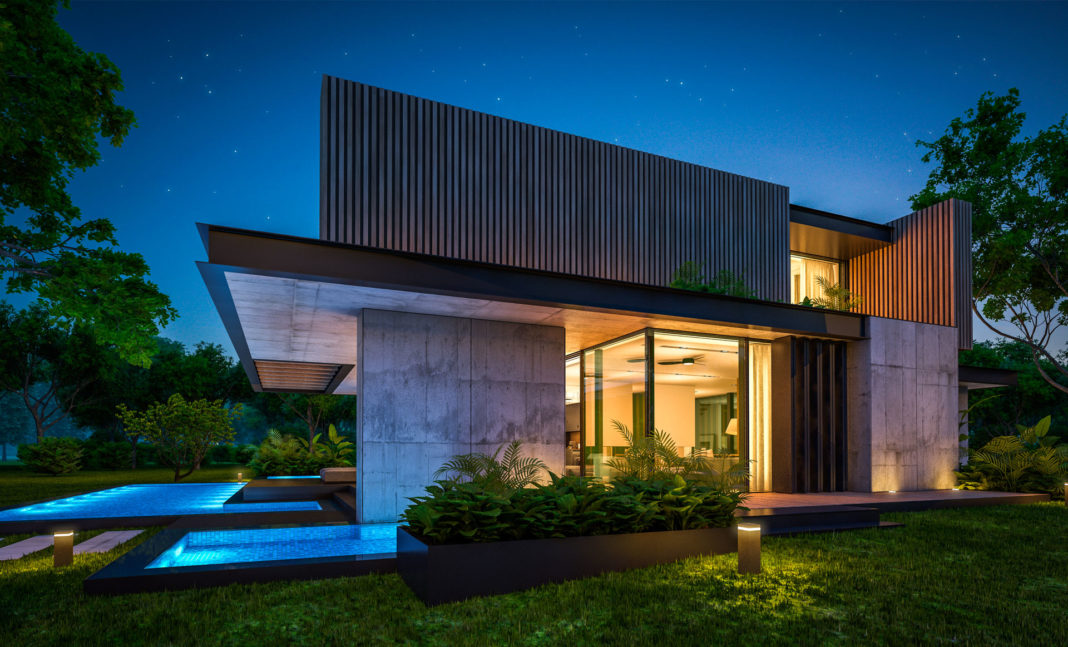An invention developed by Dutch microbiologist Hendrick Jonkers of Delft University in the Netherlands provides a sustainable solution to cracked and deteriorated concrete.
By adding a limestone producing bacteria into the concrete mix, when small cracks start to appear and it comes into contact with moisture, the bacteria is activated and self-heals, producing limestone to fill the cracks. This not only has the potential to cut down on maintenance and repair costs, but it also goes some way to offsetting the environmental impact of cement production.
The bacteria needed for this self-healing bioconcrete is the Bacillus Pseudofirmus which, in its natural state, is capable of surviving in environments as hostile as the craters of active volcanoes. Without oxygen these micro-organisms can lie dormant for hundreds of years. Equally key to the mix, though, is calcium lactate which the bacteria feed on when activated.
This is how it works: when cracks (unlimited length; maximum thickness: eight millimetres) form in concrete structures, the bacteria living in them are exposed to the elements. The moisture that penetrates the cracks automatically awakens these micro-organisms and they begin to feed on the calcium lactate which, once digested, produces limestone. This, in turn, automatically seals the cracks in the bioconcrete in a natural process which takes just three weeks.



